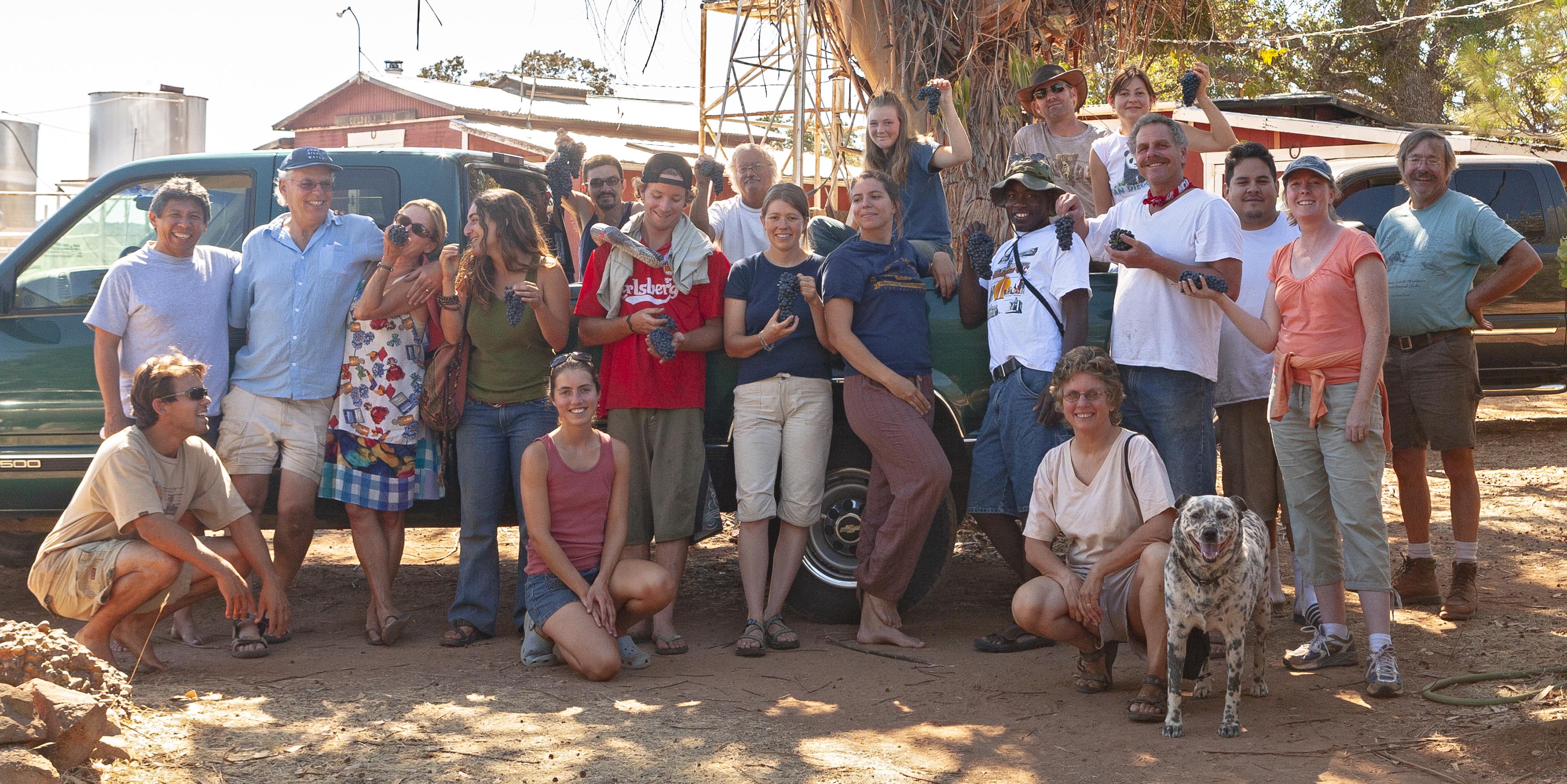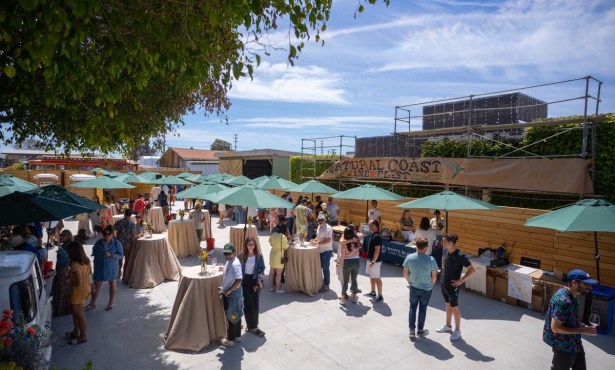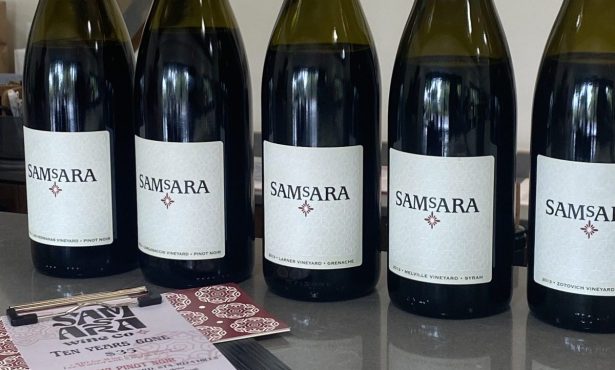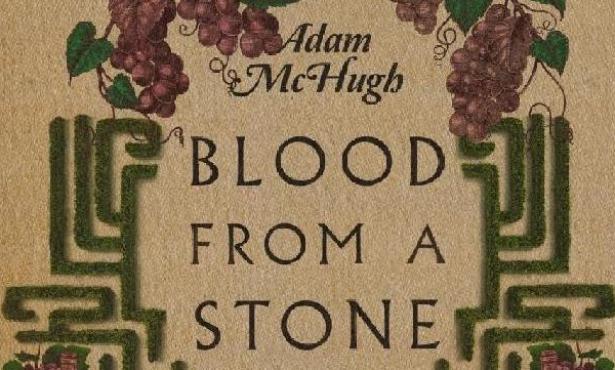Agroecology Comes Alive at Condor’s Hope
Steve Gliessman and Robbie Jaffe’s Cuyama Valley Vineyard

“If I can’t do it, how can I teach it?” asks Steve Gliessman, who worked as a professor at UC Santa Cruz for more than three decades while also developing a dry-farmed, organic vineyard on the arid flanks of the Cuyama Valley with his wife, Robbie Jaffe. “This place really became our expression of how to do agroecology.”
Agroecology is a field that Gliessman helped create in the early 1970s. That’s when he hybridized academic theories learned at UCSB with practical experience, based on post-college years of farming coffee plantations in Costa Rica and tropical crops with the Maya people of Mexico.
“It’s an integrated approach to farming and the food system,” said Gliessman. “It is a science, using the whole field of ecology to understand how all of the living and nonliving pieces of a farming system connect and interact. But it is also a practice, based on generations of farming knowledge. You link the science to the practice and turn it into a movement for change, a foundation for changing our food systems so that sustainability in all its parts, from ecological to social, are included.”



